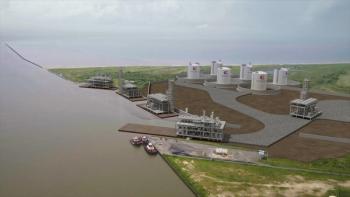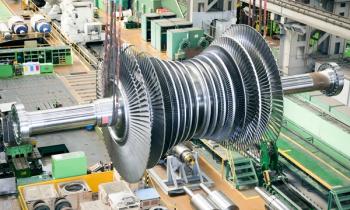
Capstone Green Energy Acquires Cal Microturbine, Supports Western Territory
Key Takeaways
- Capstone Green Energy's acquisition of Cal Microturbine enhances its direct operations in the western U.S., aiming for improved sales and service efficiency.
- The acquisition is expected to be financially self-sustaining, boosting earnings and cash flow through direct sales and service management.
The Capstone West Territory now receives the Energy-as-a-Service package, which includes service, parts, technical support requests, and microturbine technology.
Capstone Green Energy purchased
“From a financial perspective, this is designed to be an entirely self-funded strategic investment in a region with strong growth potential for new system sales, rentals, and long-term service agreements,” said John Juric, chief financial officer of Capstone Green Energy. “The integration of these operations into Capstone is expected to be accretive to earnings and cash flow as we sell and service directly, improve operational efficiency, and create lasting value for our customers and shareholders alike.”
Capstone will directly manage all service, parts, and technical support requests in the western territory, with sales operations coordinated by a yet-to-be-named sales leader. This leader will be named in the coming weeks.
“This agreement to acquire Cal Microturbine sets the stage for Capstone to strengthen our market insight and deepen our connection with end users,” said Vince Canino, President and CEO of Capstone Green Energy. “By directly managing these key western states, we are better positioned to capitalize on the region’s accelerating demand for distributed energy solutions. This strategic move allows us to build deeper customer relationships, expand our market share, and drive long-term financial growth.”
Customers may expect access to Capstone’s microturbine technology, Energy-as-a-Service offerings, and a maintained focus on operational efficiency, lower costs, and environmental benefits.
Capstone Supports Janesville Plant
In May 2025, the
Capstone’s turbines will be installed in a combined heat-and-power configuration, burning digester gas as fuel and generating electricity for Janesville’s wastewater plant. On a technical level, the turbines will capture and convert waste heat into usable thermal energy for anaerobic digesters. The cyclical, environmentally sustainable approach will minimize greenhouse gas emissions and lower operating expenses.
The plant is presently equipped with two C65 microturbines installed in 2010, a C200 microturbine commissioned in November 2024, and two C65 microturbines commissioned in April 2025. Janesville leveraged financial incentives to expand its Capstone microturbine system, such as the federal Investment Tax Credit and the Department of Energy’s Industrial Training and Assessment Centers grant, which supported 90% of project costs.
Winona Microturbines
Also, the
Newsletter
Power your knowledge with the latest in turbine technology, engineering advances, and energy solutions—subscribe to Turbomachinery International today.




